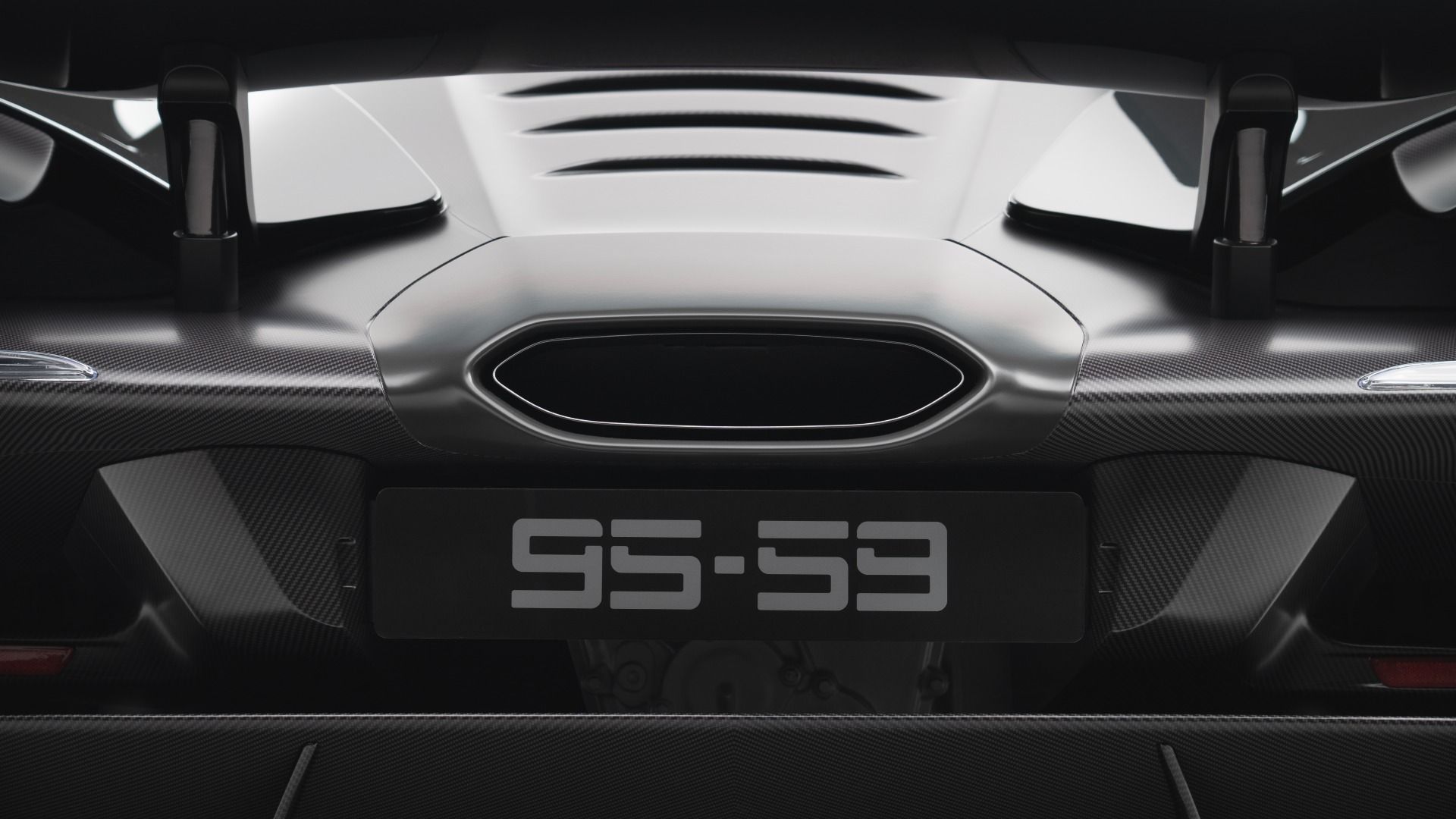Lanzante 95-59: Not a McLaren F1, But a New Era Begins

A New Era for Lanzante: The 95-59
When the 95-59 made its debut at the Goodwood Festival of Speed, it immediately drew comparisons to modern interpretations of Formula 1’s legacy, much like the Gordon Murray Automotive T.50. However, during an interview with Dean Lanzante, the founder and CEO of Lanzante, it became clear that this project was not about chasing records or top speeds. Instead, it marked the beginning of a new chapter for the company.
Lanzante emphasized that the 95-59 is not a replica of the McLaren F1, but rather a step toward creating a genuinely usable and versatile vehicle. “This isn’t about breaking lap records or top speed,” he explained. “It’s about building something that’s grounded and practical, yet still exceptional.” He acknowledged that this approach might not sound as exciting as other high-performance projects, but he believes the 95-59 will offer a wide range of uses and be a truly great car.
Engineering Expertise Behind the Design
The 95-59 is a testament to Lanzante’s commitment to engineering excellence. Despite using a chassis originally from a McLaren 750S, the car has been shrink-wrapped to have smaller proportions than the P1. Unlike the McLaren Speedtail, which was significantly larger, the 95-59 is compact and efficient in its design.
Lanzante highlighted the importance of packaging in the car’s development. “We’ve used our engineering and motorsport expertise not to build a race car, but to create a well-packaged vehicle,” he said. The car’s small size required innovative use of materials and technologies to accommodate features like a 75-liter fuel cell, luggage space, and room for three occupants. This level of detail ensures that the 95-59 is not just visually striking, but also functional and practical.
Not a New McLaren F1
Despite the visual similarities to the iconic McLaren F1, Lanzante is quick to clarify that the 95-59 is not a successor to the legendary supercar. “The F1 was a unique story that couldn’t be replicated in a business plan,” he noted. While many people might assume the 95-59 is a new F1, Lanzante sees it as a completely different project. “I wanted to build something that doesn’t exist yet,” he said. “I don’t see this car anywhere else, and I believe it has a place in any collection without being a replica.”
A Step Into the Future
The 95-59 represents one of Lanzante’s most ambitious projects to date. While there was another project—shoehorning a 1980s Formula 1 engine into a roadgoing Porsche—that was technically more challenging, the 95-59 posed a different kind of challenge. Modifying the 750S chassis to accommodate a central seating position and tight packaging required significant engineering efforts.
Lanzante ensured that every aspect of the car met regulatory standards and that the final product would be exactly what customers receive. Even details like wing mirrors were included to maintain authenticity. “We didn’t want to use cameras for a sleek look,” he said. “We wanted to represent a genuine vehicle that people will actually drive.”
Building a Car Is One Thing, Maintaining It Is Another
Lanzante understands that being a manufacturer goes beyond just building a car. Long-term support and maintenance are essential for customer satisfaction. The 95-59 includes features like a bag tank for fuel, which allows for practical driving range while maintaining a lightweight design. This innovation also makes the tank easier to service over time.
Additionally, Lanzante has established satellite workshops in the US and Middle East to ensure ongoing support for clients. “We’re not just delivering a product; we’re building a relationship,” he said.
95-59 Would Have Been Impossible a Decade Ago
Dean admits that 10 years ago, the 95-59 wouldn’t have been possible. At the time, Lanzante lacked the reputation and experience needed to undertake such a complex project. “We couldn’t have done this then,” he said. “It wasn’t just about building a car; it was about ensuring long-term support and reliability.”
The TAG Turbo project helped Lanzante gain valuable experience and build trust with clients. “Now, we have systems in place to maintain these cars,” he said. “That’s why we can confidently say we’re ready for the 95-59.”
Limited to 59 Cars
The decision to produce only 59 units was intentional. The number pays tribute to the winning Le Mans car that inspired the 95-59, but it also ensures a manageable production run that balances exclusivity with affordability. “We looked at producing 30 cars, but the price point would have been too high,” Lanzante explained. “We wanted to make sure these cars are actually driven, not just kept as collectibles.”
He emphasized that the 95-59 should be a car people feel comfortable using. “I don’t want people to be afraid to drive it or worried about damaging it,” he said. “It should be a car they enjoy, not something they treat as a museum piece.”